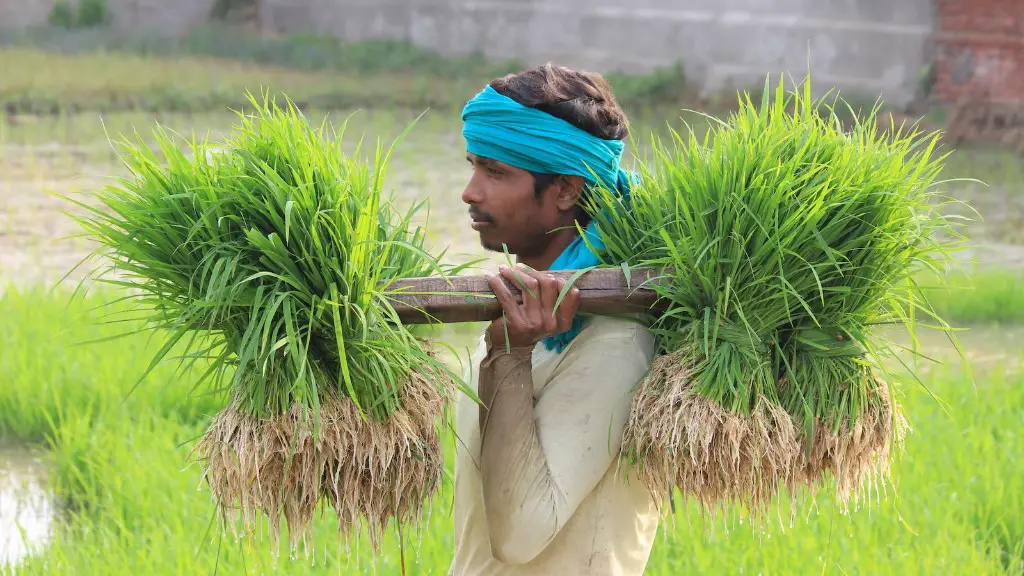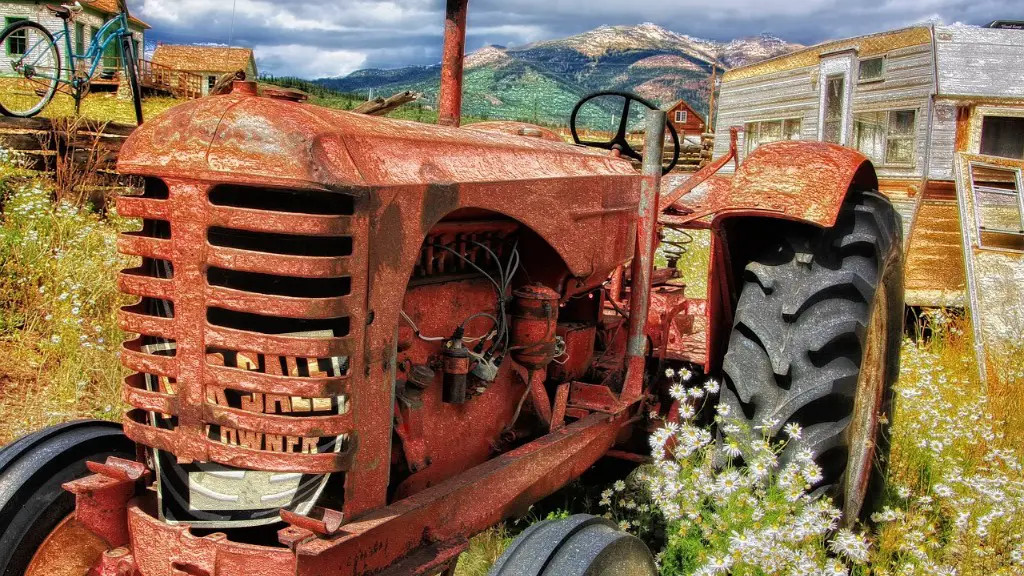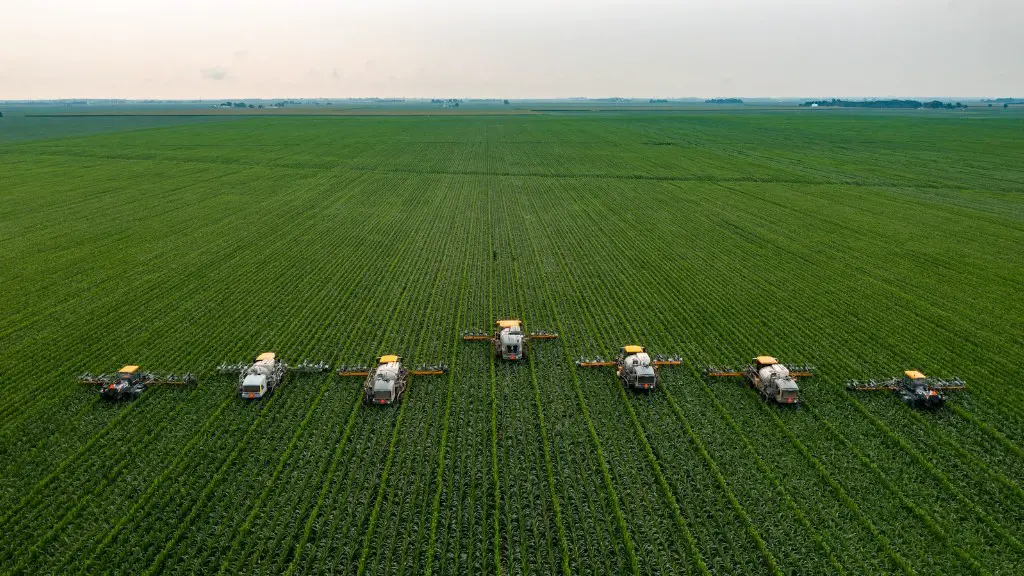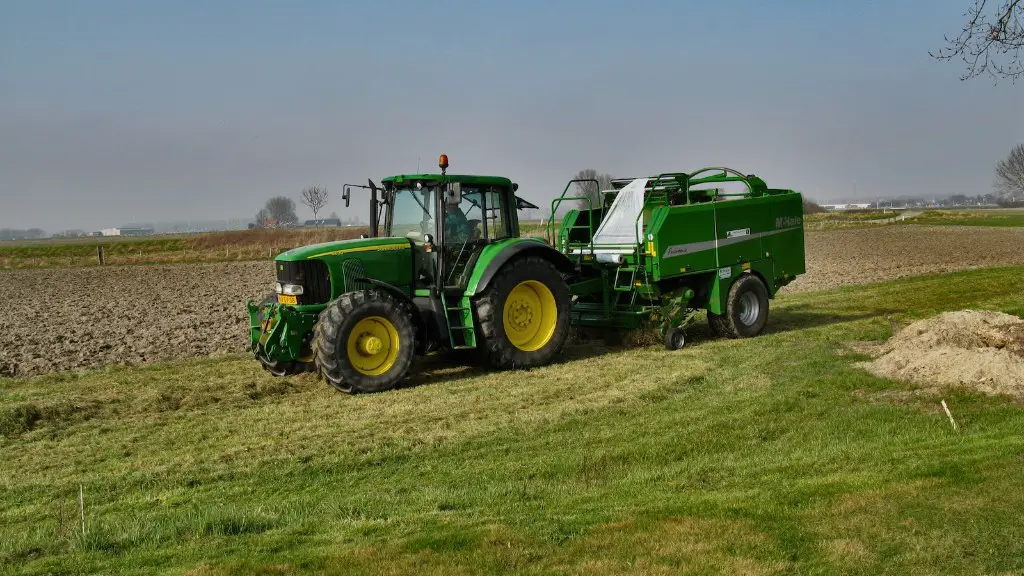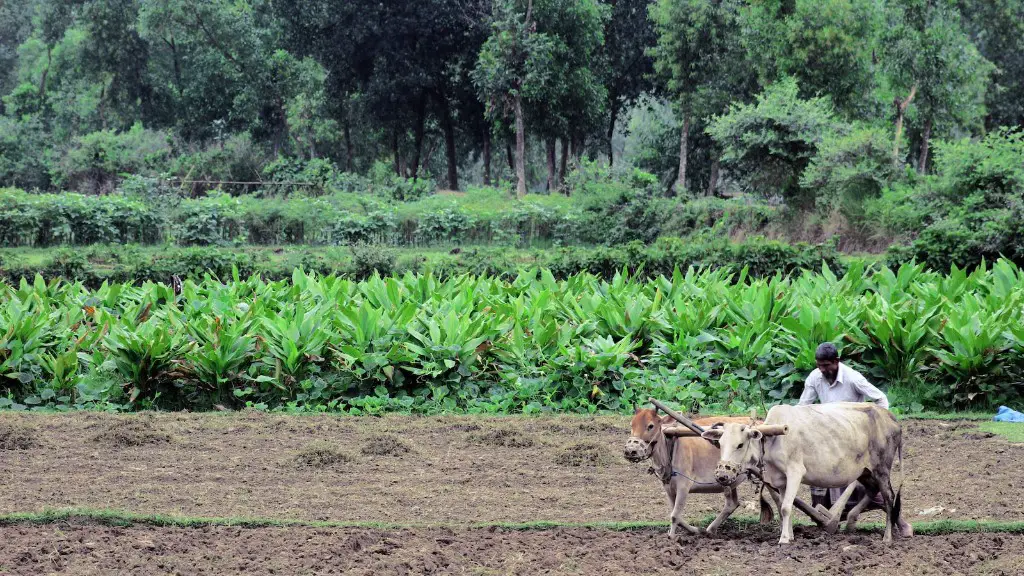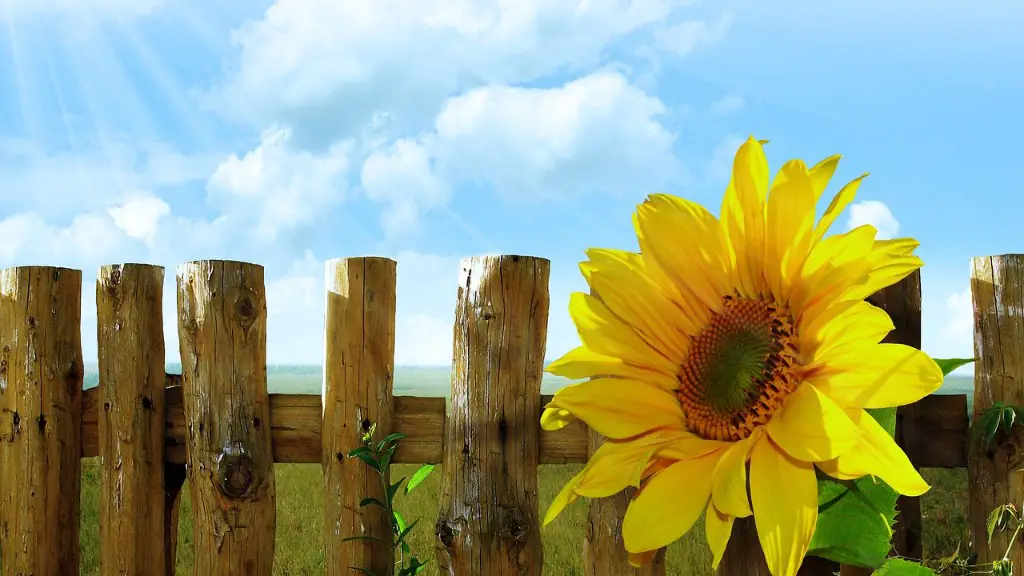Conventional agriculture is an agricultural production system that focuses on maximizing yield while minimizing inputs and externalities. The term is often used in contrast with other types of agriculture, such as organic and sustainable agriculture.
Conventional agriculture is a type of farming that uses primarily synthetic inputs such as synthetic fertilizers, herbicides, and pesticides.
What is the meaning of conventional agriculture?
Conventional farming is a type of farming that uses synthetic chemicals and fertilizers to maximize the yield of a particular crop or set of crops. This method requires a significant amount of chemical and energy input and weakens the ecology of a landscape.
Conventional agriculture has been the mainstay of food production for many years. However, it has come under criticism in recent years for its negative impact on the environment.
Conventional agriculture relies heavily on chemical inputs, such as fertilizers, herbicides, and pesticides. These inputs can pollute the environment and degrade soil quality. Additionally, conventional agriculture often involves monoculture, or the cultivation of a single crop. This can lead to problems with pests and diseases, as well as a lack of biodiversity.
Animal husbandry is another key part of conventional agriculture. Animals are often kept in cramped and stressful conditions, and fed an unnatural diet. This can lead to health problems for the animals, as well as environmental problems from the waste produced.
There is a growing movement away from conventional agriculture, towards more sustainable and environmentally friendly practices. Organic farming, permaculture, and agroforestry are all alternatives to conventional agriculture that are worth exploring.
What is the difference between conventional and non conventional agriculture
Organic farmers use a more sustainable, eco-friendly approach that involves crop rotation, natural pest control, and composting. This means that organic foods are generally safer and more nutritious than conventional foods.
While both conventional and organic farming have their pros and cons, it is important to remember that both methods can be used to produce healthy and nutrient-rich food. In the end, the best method for you will depend on your specific farm and growing conditions.
What are examples of conventional farming?
Conventional agricultural practices often lead to negative environmental impacts, including water and air pollution, soil degradation, and loss of biodiversity. They also require high inputs of energy and water, and can be less efficient than more sustainable approaches.
Traditional agriculture is at a disadvantage when competing against contemporary agriculture because it relies on outdated information and tools. Furthermore, traditional farms often use organic fertilizers which are not as effective as the chemical fertilizers used by contemporary farms. As a result, traditional agriculture is often less productive and less efficient than its contemporary counterpart.
What is the main objective of conventional agriculture?
Conventional agriculture is all about efficiency, uniformity, and maximization. The goal is to get the most possible yield from the land, usually by using synthetic fertilizers and pesticides. This can create problems for the environment and human health, but it’s still the most popular form of agriculture.
It is important to promote sustainable agriculture in order to protect our land and water resources. Modern, conventional agriculture has key sustainability benefits in terms of land use, reduced soil erosion and water protection.
What are components of conventional agriculture
There are a few key differences between sustainable farming and conventional farming:
-Sustainable farmers use practices that protect and restore the natural resources that their farms rely on, like water, soil, and wildlife. Conventional farmers often use practices that deplete these resources.
-Sustainable farmers strive to create a diverse ecosystem on their farm that includes crops, livestock, and wildlife. Conventional farmers often focus on a single crop or animal.
-Sustainable farmers work to build up their soil so that it is healthy and productive. Conventional farmers may use methods that degrade the soil, such as heavy tilling.
Soil is a non-renewable resource and its productivity is essential for sustainable agricultural production. However, soil is being lost and degraded at an alarming rate due to a variety of human activities. Soil erosion by wind and water is a major problem, particularly on exposed topsoil. Soil compaction, loss of soil organic matter, water holding capacity, and biological activity can all lead to a decline in soil productivity. Salinization of soils is also a major concern in highly-irrigated farming areas. These problems need to be addressed urgently in order to ensure the long-term sustainability of agricultural production.
What are examples of non conventional farming?
There are many different types of non-conventional farming, each with its own unique approach. Hydroponics is a method of growing plants in water instead of soil. Vertical agriculture is a type of farming where crops are grown in vertically stacked layers in a controlled environment. Urban farming is a type of farming that takes place in urban areas, using either vacant or underutilized land. Agroecology is a type of farming that focuses on using ecological principles to optimize agricultural production. Permaculture is a type of farming that seeks to create a sustainable and self-sufficient ecosystem. Organic production is a type of farming that prohibits the use of synthetic pesticides and fertilizers.
A conventional farm uses seeds that have been genetically modified to grow plants that may have a faster growth rate, higher yields (produce more), are pest and disease resistant and/or possess sweeter fruits They may also use synthetic pesticides and fertilizers.
Does conventional farming use pesticides
Conventional pesticides are synthetic pesticides typically used in conventional agriculture. As conventional active ingredients are generally produced synthetically, they do not include biopesticides or antimicrobial pesticides.
While it is true that food produced from conventional farming methods is easier to produce and thus, cheaper to sell, there are several reasons why organic foods often cost more. First, organic farmers often have smaller farms, which means that they have higher production costs. Second, organic farmers may use more labor-intensive methods, which also raises their costs. Finally, organic foods often have to travel further to reach markets, which increases their shipping costs. Overall, these higher costs are passed on to the consumer in the form of higher prices.
Is conventional farming good for the environment?
Modern conventional farming methods have led to a decline in soil fertility, an increase in salinity and blue-green algae in waterways over many years. These methods include excessive use of chemicals and planting only one crop multiple times (monocropping).
Corn is the most widely produced crop in the United States, with soybeans coming in a close second. Both corn and soybeans are used in a variety of food and industrial products, and are grown in different regions of the country. Barley and oats are also grown in the United States, but in smaller quantities than corn and soybeans.
Warp Up
Conventional agriculture refers to the traditional way of farming that involves the use of synthetic pesticides and fertilizers, as well as genetically modified crops. This type of agriculture has become the norm in many parts of the world, as it allows farmers to produce larger quantities of food with fewer inputs. However, critics argue that conventional agriculture is not sustainable in the long-term, as it can lead to soil degradation and water pollution.
Conventional agriculture is a type of farming that uses synthetic chemicals to artificially enhance crop production. This type of agriculture has come under criticism in recent years for its potentially harmful effects on the environment.
